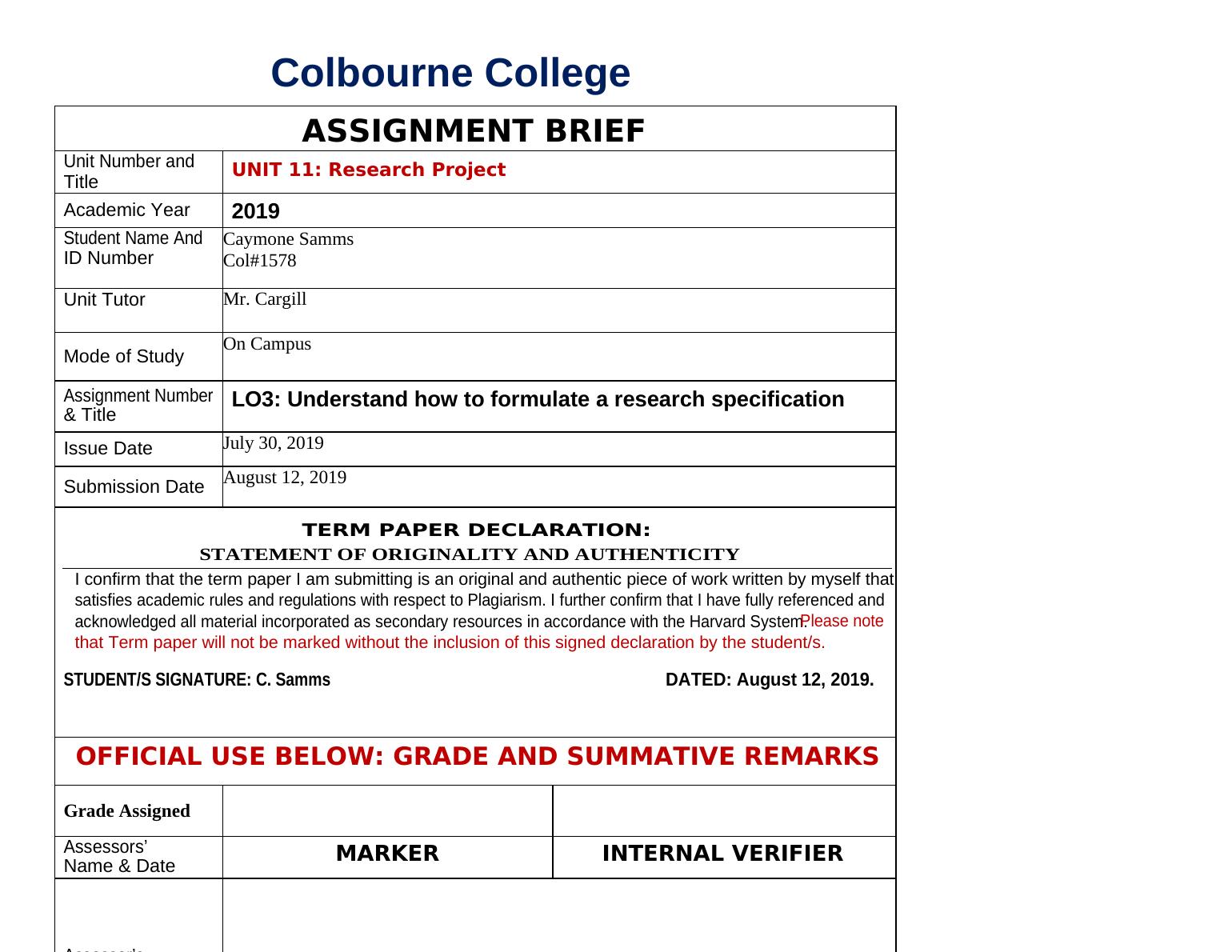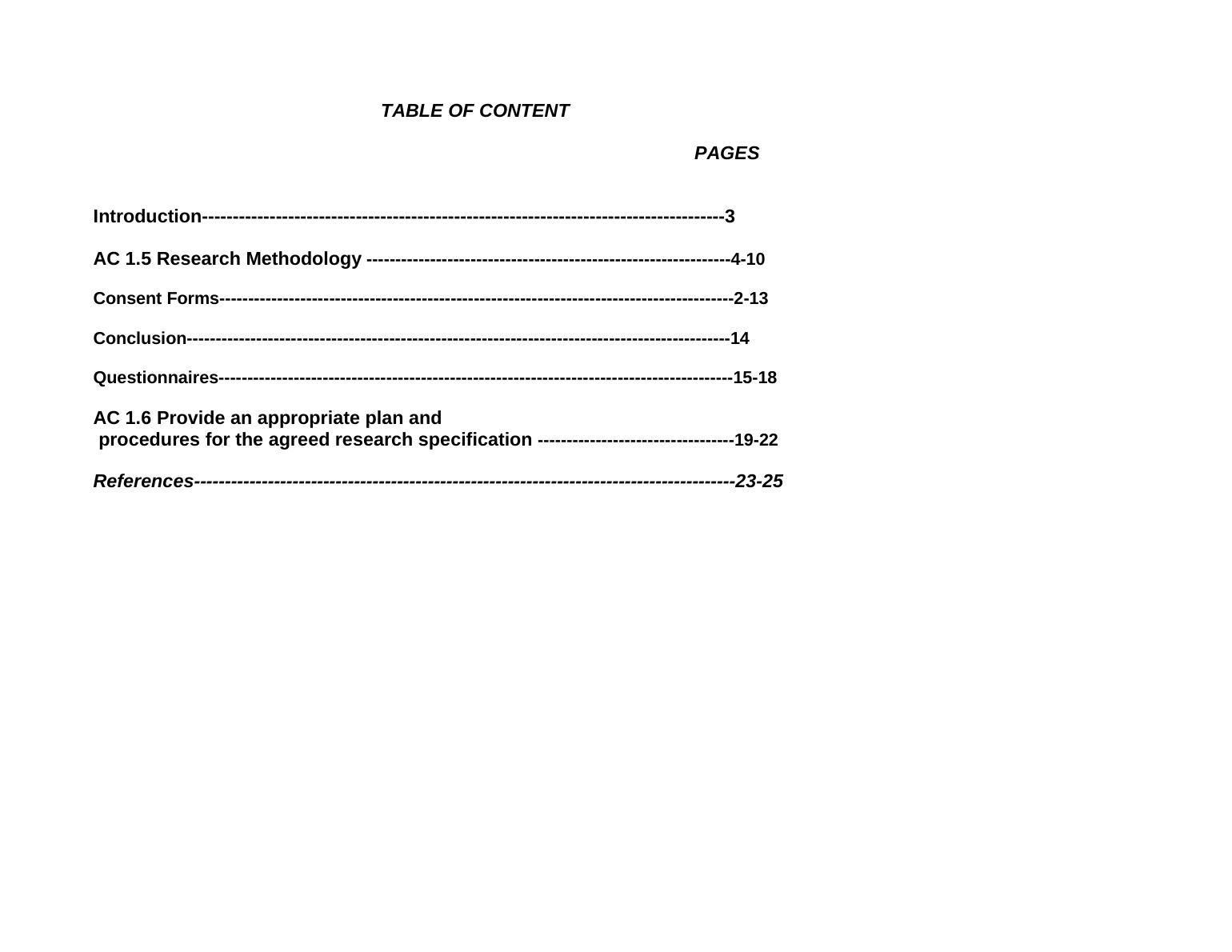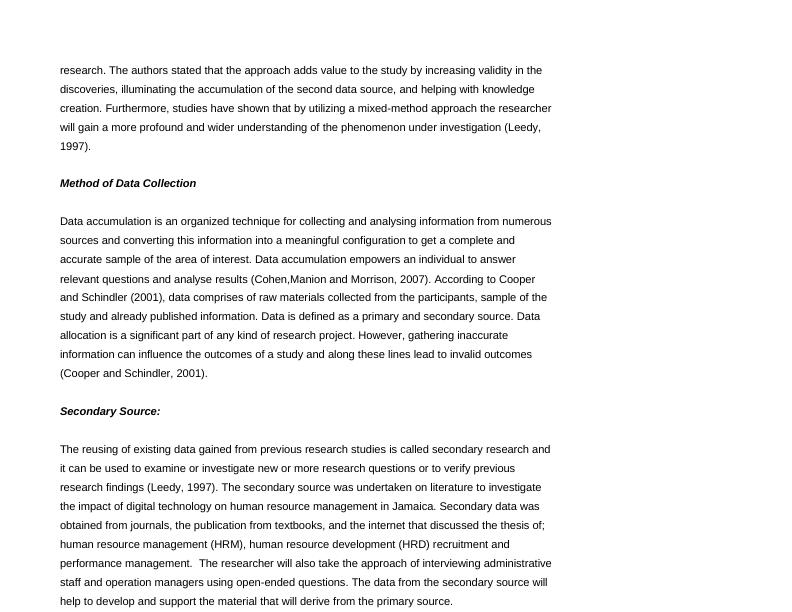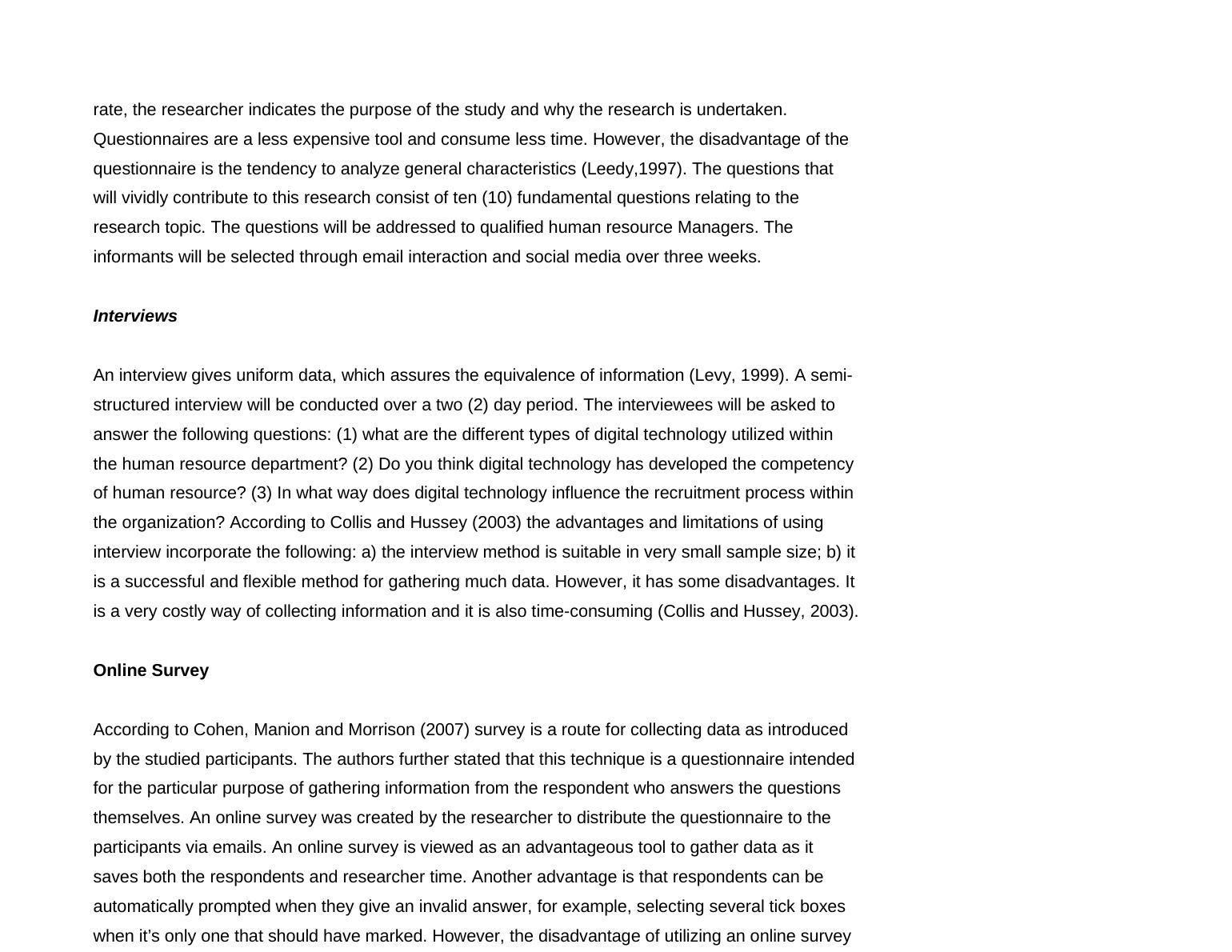Unit 11 Research Project Assignment (Sample)
Added on 2021-06-30
25 Pages5627 Words233 Views
Colbourne CollegeASSIGNMENT BRIEF Unit Number and Title UNIT 11: Research ProjectAcademic Year 2019 Student Name And ID Number Caymone Samms Col#1578 Unit Tutor Mr. Cargill Mode of Study On Campus Assignment Number & Title LO3: Understand how to formulate a research specification Issue Date July 30, 2019 Submission Date August 12, 2019 TERM PAPER DECLARATION:STATEMENT OF ORIGINALITY AND AUTHENTICITYI confirm that the term paper I am submitting is an original and authentic piece of work written by myself that satisfies academic rules and regulations with respect to Plagiarism. I further confirm that I have fully referenced and acknowledged all material incorporated as secondary resources in accordance with the Harvard System. Please notethat Term paper will not be marked without the inclusion of this signed declaration by the student/s.STUDENT/S SIGNATURE: C. Samms DATED: August 12, 2019.OFFICIAL USE BELOW: GRADE AND SUMMATIVE REMARKSGrade Assigned Assessors’Name & Date MARKER INTERNAL VERIFIER Assessor’s

TABLE OF CONTENT PAGES Introduction-------------------------------------------------------------------------------------3 AC 1.5 Research Methodology---------------------------------------------------------------4-10 Consent Forms-----------------------------------------------------------------------------------------2-13 Conclusion----------------------------------------------------------------------------------------------14 Questionnaires-----------------------------------------------------------------------------------------15-18 AC 1.6Provide an appropriate plan and procedures for the agreed research specification ----------------------------------19-22 References----------------------------------------------------------------------------------------23-25

Introduction According to Carrell and Dittrich (1978) methodology is characterized as the conceptual and rational analysis of the ways utilized for a particular field of study. It comprises of the theoretical framework of the scrutiny of the ways and standards identified with a field of knowledge. In general, it covers the terms, for example, paradigm, theoretical model, stages, and quantitative or qualitative approach. In other words, the methodology draws out the technique in which the investigation will be actualized, in addition to other things, it identifies with the approaches to be embraced and how a required outcome is to be accomplished (Howell, 2013).

AC 1.5 Section Three – Methodology1.3 Research Methods This chapter describes the adopted methodology to achieve the research objectives. This research aims at studying the impacts of digital technology on human resource management in Jamaica. To achieve the objectives, the research will undertake a mix method approach (qualitative and quantitative) Quantitative and qualitative technique explores various fields of knowledge and both techniques are intended to address research questions. While the quantitative technique gives an objective view of reality, the qualitative technique enables the researcher to investigate and better comprehend the complexity of a phenomenon (Hurmerinta-Peltomaki and Nummela, 2006).The primary source will allow the researcher to gather information from survey questionnaires while the secondary source will aid the researcher to gain access to literature books, the internet and journals in support of the data collected from the primary research. 1.2 Justification of selected methodology to achieve the research objectives This research will be conducted using both qualitative and quantitative approach. This combination allows the researcher to more complete and synergistic the use of information than to do isolate quantitative and qualitative data accumulation and analysis. The time allocated to the research will need attention, as exploring and editing the information is a part of the early stages in the research method and as such, the research has been narrowing in scope due to the limited time frame given to conclude the paper. The methodology selection process is of utmost importance as it is to be used in collecting data and findings to complete this research (Merkens, 2004). The qualitative approach will be utilized to gain a better comprehensive definition in identifying gaps and perspectives of other authors, whilst the quantitative method will be used as a survey methodology to capture quantitative data, with the use of structured questionnaires to gain feedback from participants (Merkens, 2004). Creswell and Clark (2011) further proposed that a mix method approach is seen as an effective tool for capturing and evaluating information in an exploration. It is

research. The authors stated that the approach adds value to the study by increasing validity in the discoveries, illuminating the accumulation of the second data source, and helping with knowledge creation. Furthermore, studies have shown that by utilizing a mixed-method approach the researcher will gain a more profound and wider understanding of the phenomenon under investigation (Leedy, 1997). Method of Data Collection Data accumulation is an organized technique for collecting and analysing information from numerous sources and converting this information into a meaningful configuration to get a complete and accurate sample of the area of interest. Data accumulation empowers an individual to answer relevant questions and analyse results (Cohen,Manion and Morrison, 2007). According to Cooper and Schindler (2001), data comprises of raw materials collected from the participants, sample of the study and already published information. Data is defined as a primary and secondary source. Data allocation is a significant part of any kind of research project. However, gathering inaccurate information can influence the outcomes of a study and along these lines lead to invalid outcomes (Cooper and Schindler, 2001). Secondary Source: The reusing of existing data gained from previous research studies is called secondary research and it can be used to examine or investigate new or more research questions or to verify previous research findings (Leedy, 1997). The secondary source was undertaken on literature to investigate the impact of digital technology on human resource management in Jamaica. Secondary data was obtained from journals, the publication from textbooks, and the internet that discussed the thesis of; human resource management (HRM), human resource development (HRD) recruitment and performance management. The researcher will also take the approach of interviewing administrative staff and operation managers using open-ended questions. The data from the secondary source will help to develop and support the material that will derive from the primary source.

rate, the researcher indicates the purpose of the study and why the research is undertaken. Questionnaires are a less expensive tool and consume less time. However, the disadvantage of the questionnaire is the tendency to analyze general characteristics (Leedy,1997). The questions that will vividly contribute to this research consist of ten (10) fundamental questions relating to the research topic. The questions will be addressed to qualified human resource Managers. The informants will be selected through email interaction and social media over three weeks. Interviews An interview gives uniform data, which assures the equivalence of information (Levy, 1999). A semi-structured interview will be conducted over a two (2) day period. The interviewees will be asked to answer the following questions: (1) what are the different types of digital technology utilized within the human resource department? (2) Do you think digital technology has developed the competency of human resource? (3) In what way does digital technology influence the recruitment process within the organization? According to Collis and Hussey (2003) the advantages and limitations of using interview incorporate the following: a) the interview method is suitable in very small sample size; b) it is a successful and flexible method for gathering much data. However, it has some disadvantages. It is a very costly way of collecting information and it is also time-consuming (Collis and Hussey, 2003). Online Survey According to Cohen, Manion and Morrison (2007) survey is a route for collecting data as introduced by the studied participants. The authors further stated that this technique is a questionnaire intended for the particular purpose of gathering information from the respondent who answers the questions themselves. An online survey was created by the researcher to distribute the questionnaire to the participants via emails. An online survey is viewed as an advantageous tool to gather data as it saves both the respondents and researcher time. Another advantage is that respondents can be automatically prompted when they give an invalid answer, for example, selecting several tick boxes when it’s only one that should have marked. However, the disadvantage of utilizing an online survey

End of preview
Want to access all the pages? Upload your documents or become a member.
Related Documents
Research Methods for Strategic Managerslg...
|24
|8200
|56
Impact of Reward Approaches and Packages on Organisational Culture and Performancelg...
|25
|6093
|71
GENDER EQUUALITY IN VIETNAM GenR ASSIGNMENT 2 FRONT SHEET Qualification BTEC Level 5 HND Degree in Business Unit number and title Unit 11: Research Project Submission Date Date Received 1st submissionlg...
|16
|3622
|254
Diploma in Business (PDF)lg...
|22
|5842
|32
Internal Verification of Assessment Decisions INTERNAL VERIFICATION - ASSESSMENT DECISIONSlg...
|40
|6281
|130
Resourcing and Talent Management for Organizational Success | Deskliblg...
|19
|6472
|102
